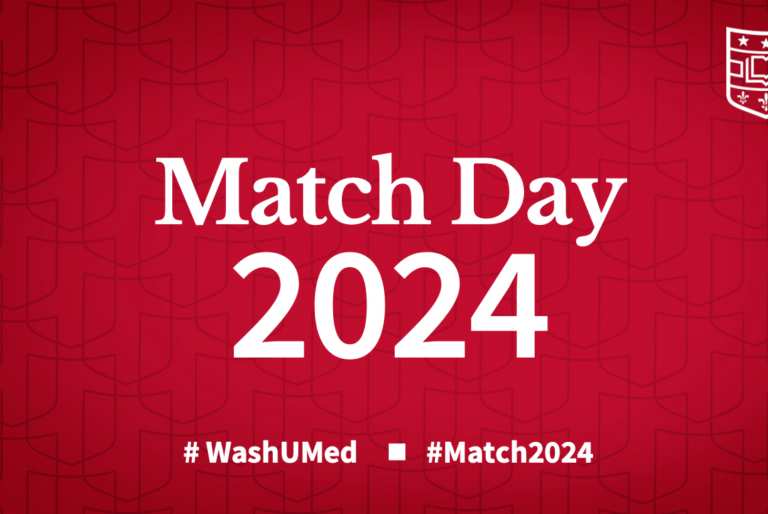Gateway Curriculum
As radiology has grown in importance and now touches all areas of medicine, the School of Medicine recognized the need to incorporate it into all medical curriculum. The Gateway Curriculum, a new and innovative course of study recently implemented by Washington University, reflects these changes.
Phase I: Preclinical
Preclinical students are placed in the clinical environment so they can learn the social aspects of medicine as well as hone their skills in physical examination and clinical history taking. Radiology hosts up to seven immersion students three times a year as they navigate a curriculum that integrates radiology into every foundational organ system-based module.
Phase II: Clinical Clerkships
All clerkships in Phase II incorporate medical imaging and image-guided intervention into their programs. The neurology clerkship teaches neurology using a signs-and-symptoms approach with application to inpatient and outpatient settings. The emphasis is on appropriate utilization, the role of medical imaging in clinical diagnostic reasoning, and basic image interpretation for all medical graduates.
Phase III: Advanced Rotations
For the final phase of the curriculum renewal, a neuro-oncology Keystone Integrated Science Course (KISC) was created. The KISC takes post-clerkship advanced clinical students back to the classroom to expand on a foundational science topic at the leading edge of medicine and explore the application of those concepts to patient care at the School of Medicine. The course, co-developed with the departments of pathology and neurosurgery, will focus on the molecular and genetic foundations of adult primary central nervous system tumors, applying those concepts to the care of patients with brain tumors through the lenses of neuroradiology, neurosurgery, neuropathology, neuro-oncology and radiation oncology.



